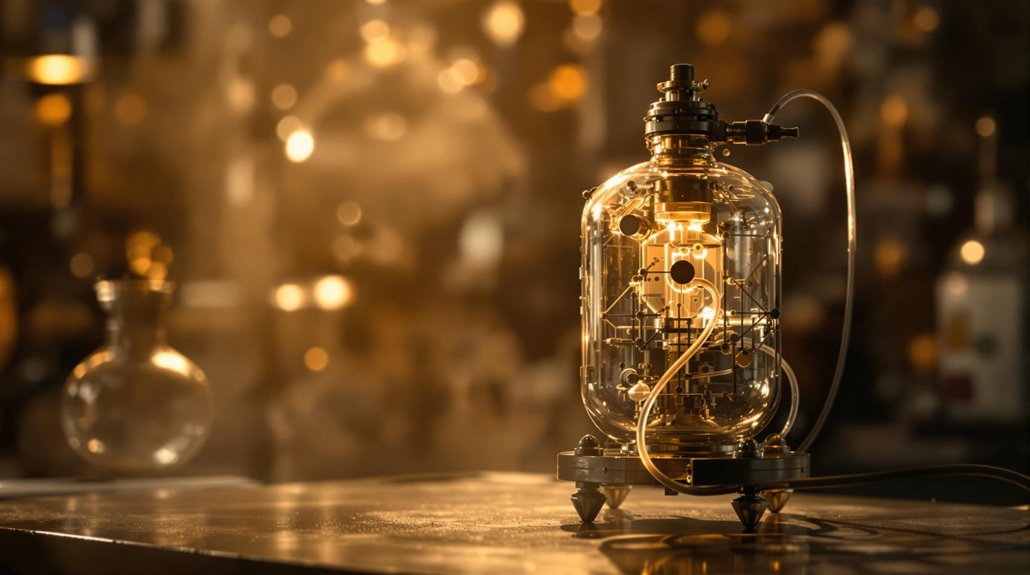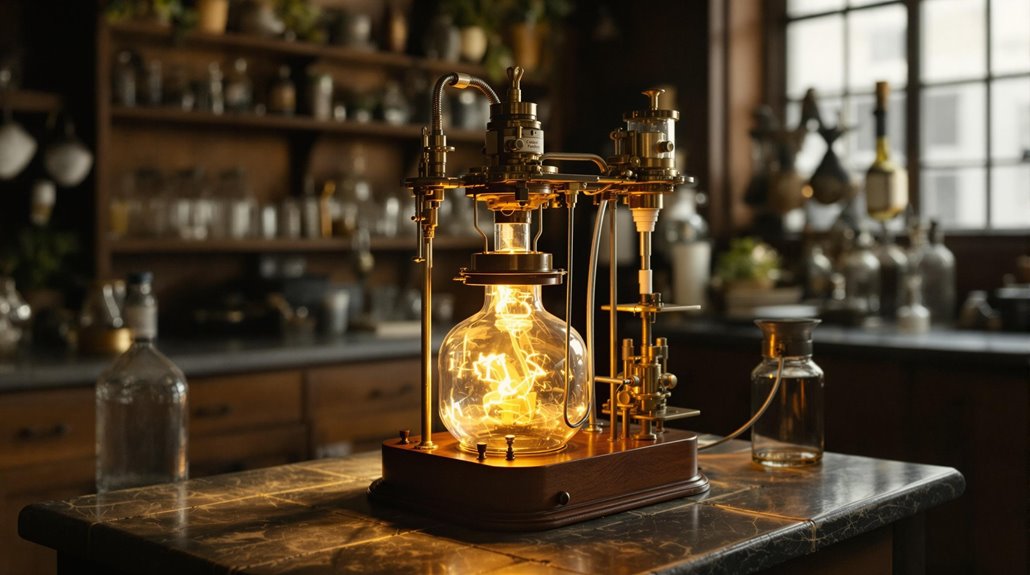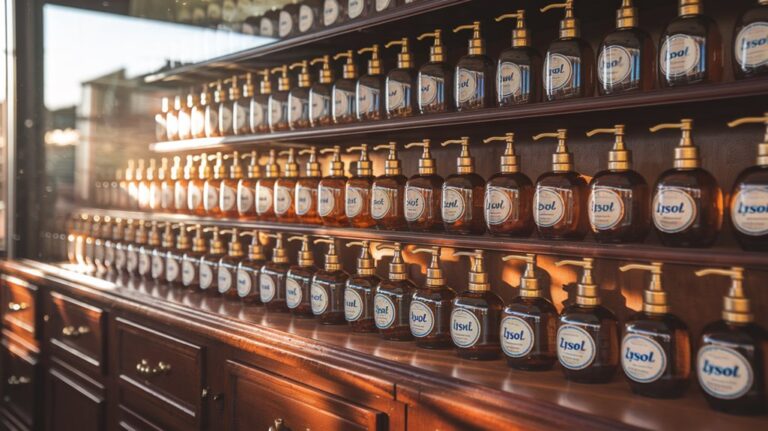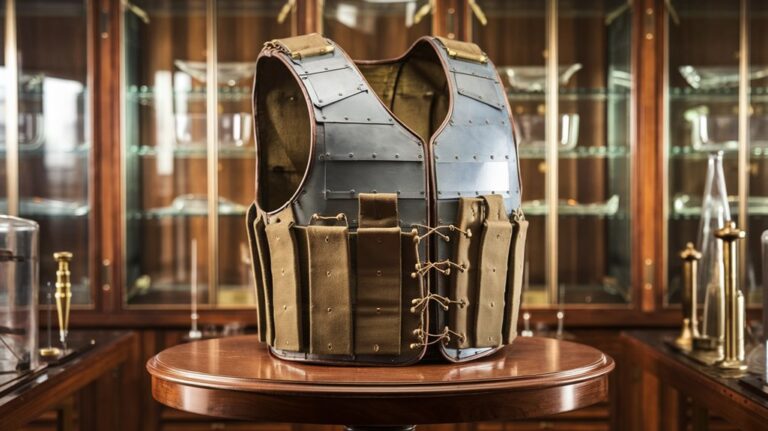Charles Lindbergh’s Hidden Medical Marvel
You've probably heard of Charles Lindbergh as the aviation hero who made the first solo transatlantic flight, but there's another side to his legacy that's equally remarkable. When personal tragedy struck his family, he didn't just grieve – he turned to medical innovation. His partnership with Dr. Alexis Carrel led to a breakthrough that would transform organ preservation and lay the groundwork for modern transplant medicine.
The Personal Journey Behind Lindbergh's Medical Quest
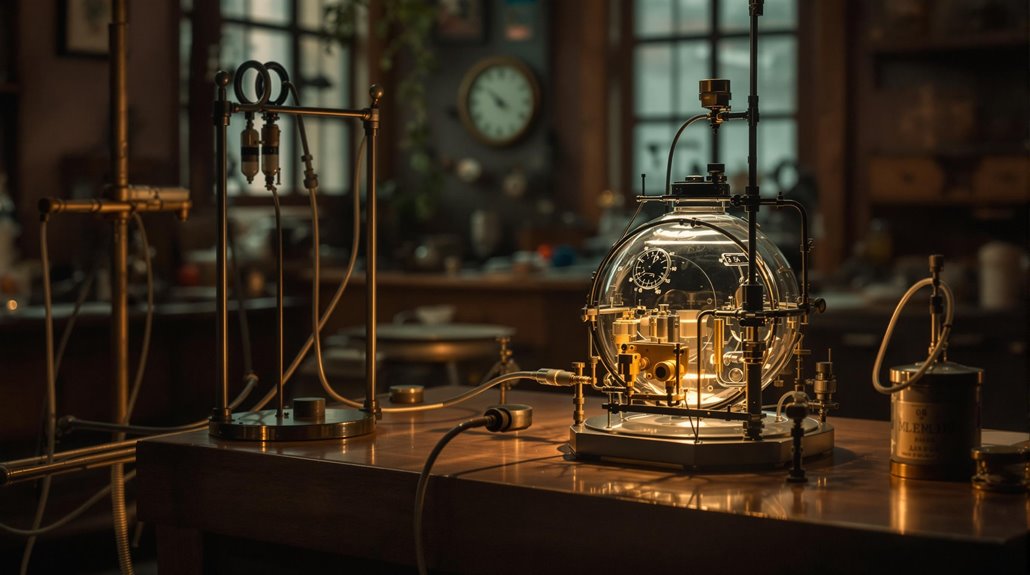
While Charles Lindbergh's name instantly evokes images of his historic transatlantic flight, few know about the personal tragedy that drove him to pioneer groundbreaking medical research. His sister-in-law Elisabeth Morrow's battle with severe heart disease became his personal motivation to challenge medical limitations of the time.
During his long hours in the air, Lindbergh contemplated life, death, and the possibility of organ preservation. When doctors couldn't operate on Elisabeth due to time constraints, he questioned why a machine couldn't keep organs alive. Their work attracted significant attention, landing them both on the cover of Time magazine in 1935.
Though his initial medical innovation idea received little interest, anesthetist Palulel Flagg connected him with Dr. Alexis Carrel. Despite his fame making discretion difficult, Lindbergh pursued his research quietly at the Rockefeller Institute, driven by the desire to save lives and push the boundaries of medical science. Together, they eventually developed a revolutionary perfusion pump that could maintain organs outside the body.
An Unlikely Partnership With Dr. Alexis Carrel
Although their paths seemed unlikely to cross, Charles Lindbergh's quest to save his sister-in-law led to a transformative partnership with Dr. Alexis Carrel at the Rockefeller Institute.
After their initial meeting through Dr. Charles Flagg in 1930, their collaboration would reshape modern medicine.
Their collaborative dynamics merged Lindbergh's engineering prowess with Carrel's Nobel Prize-winning medical expertise, resulting in groundbreaking advances in organ preservation.
The team successfully maintained strict environmental controls while allowing microscopic viewing of living tissues during their experiments.
You'll find their joint achievements remarkable: they developed the first efficient perfusion pump, conducted over 1,000 experiments, and co-authored "The Culture of Organs" in 1938.
Their work laid the foundation for modern organ transplantation and open-heart surgery.
However, the ethical implications of their partnership cast a shadow over their scientific legacy.
Both men's controversial views on eugenics and Lindbergh's sympathies toward Nazi Germany complicated public perception of their otherwise revolutionary medical contributions.
Engineering Breakthrough: The Revolutionary Perfusion Pump
Building upon his mechanical expertise, Lindbergh engineered a groundbreaking perfusion pump that revolutionized organ preservation. His pioneering technology featured an 18-inch handblown Pyrex glass design with a motorized helical tube that continuously circulated sterile fluid through organs. The pump utilized positive displacement action similar to modern peristaltic devices to ensure gentle fluid movement.
You'll find remarkable innovations in this device, including a specialized 300-micron mesh filter that prevented tissue contamination and a pulsating system that kept organs functioning for up to 21 days.
The pump successfully generated hormones from various organs and enabled in vitro tissue growth. It's worth noting that the device performed flawlessly across 989 experiments. Modern research by Vascular Perfusion Solutions has expanded upon his work, developing devices that can preserve organs for up to eight hours.
While modern technology has since surpassed Lindbergh's invention, you can't overlook its historical significance. His perfusion pump laid the foundation for organ transplantation and influenced the development of today's cardiopulmonary bypass machines.
From Aviation Hero to Medical Pioneer
Despite his worldwide fame as an aviator, Charles Lindbergh's scientific curiosity led him down an unexpected path into medical research.
His aviation influence shaped his approach to medical innovation, as he applied his mechanical expertise to solve complex biological challenges.
When his sister-in-law developed a heart condition, Lindbergh's interest in medical technology intensified.
You can trace his remarkable progression through these key moments:
- Abandoning his University of Wisconsin studies to pursue flying
- Mastering aviation as a skilled barnstormer and airmail pilot
- Achieving global recognition with his 1927 transatlantic flight
- Meeting Dr. Alexis Carrel and developing the perfusion pump
His collaboration with Carrel at the Rockefeller Institute transformed him from a celebrated pilot into a groundbreaking medical researcher, proving that innovation knows no boundaries.
After his historic flight, Lindbergh demonstrated his commitment to advancement by turning down endorsements and instead focusing on consulting roles that could improve aviation and later, medicine.
Transforming Modern Surgery and Organ Research
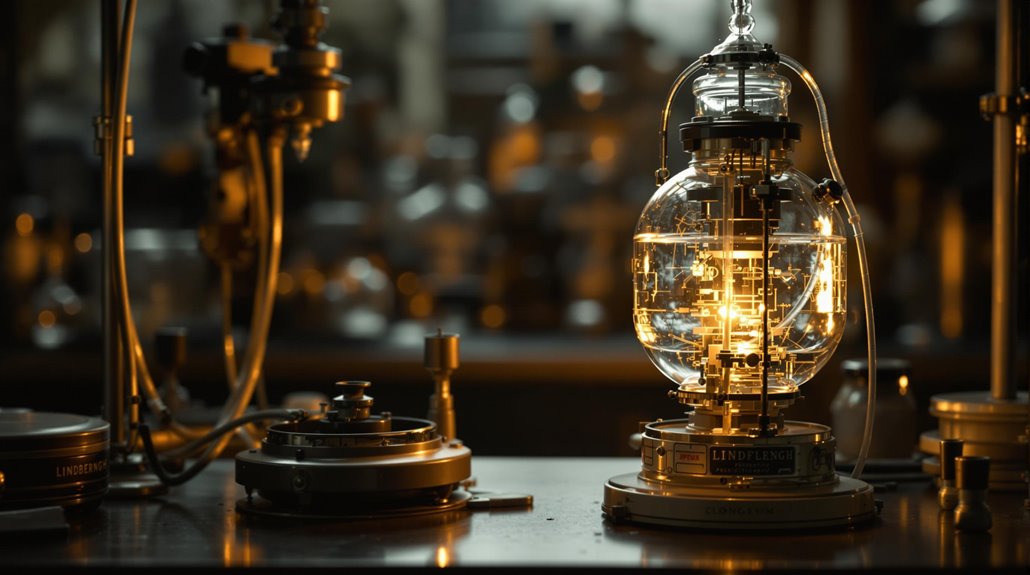
Lindbergh's most profound contribution to medicine emerged through his revolutionary perfusion pump design. Working alongside Nobel laureate Dr. Alexis Carrel at the Rockefeller Institute, he created a glass apparatus that would transform surgical innovation forever.
You'll find his invention's impact extends far beyond its time. The perfusion pump enabled unprecedented organ culture experiments, keeping tissues alive and healthy outside the body for weeks. The sophisticated device utilized rotating valve systems to perfectly mimic natural heart pressure.
Through their collaboration, documented in "The Culture of Organs," they conducted over 1,000 experiments that laid the groundwork for modern transplantation and open-heart surgery. The pump's sterile environment and pulsating circulation system proved essential for studying organ physiology. His sister-in-law's struggle with mitral stenosis initially sparked his interest in medical innovation.
Today, you can trace many medical breakthroughs, including artificial heart development and advanced perfusion systems, back to Lindbergh's ingenious design.
A Lasting Impact on Medical Science
While many inventions fade into obscurity, the influence of the perfusion pump continues to ripple through modern medicine.
You'll find its legacy in today's collaborative innovation across medical disciplines, where researchers build upon Lindbergh's groundbreaking work in organ preservation and cardiovascular research.
When you examine modern medical facilities, you'll see the perfusion pump's influence in:

